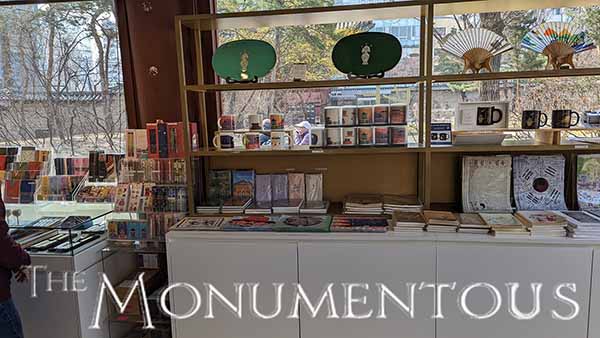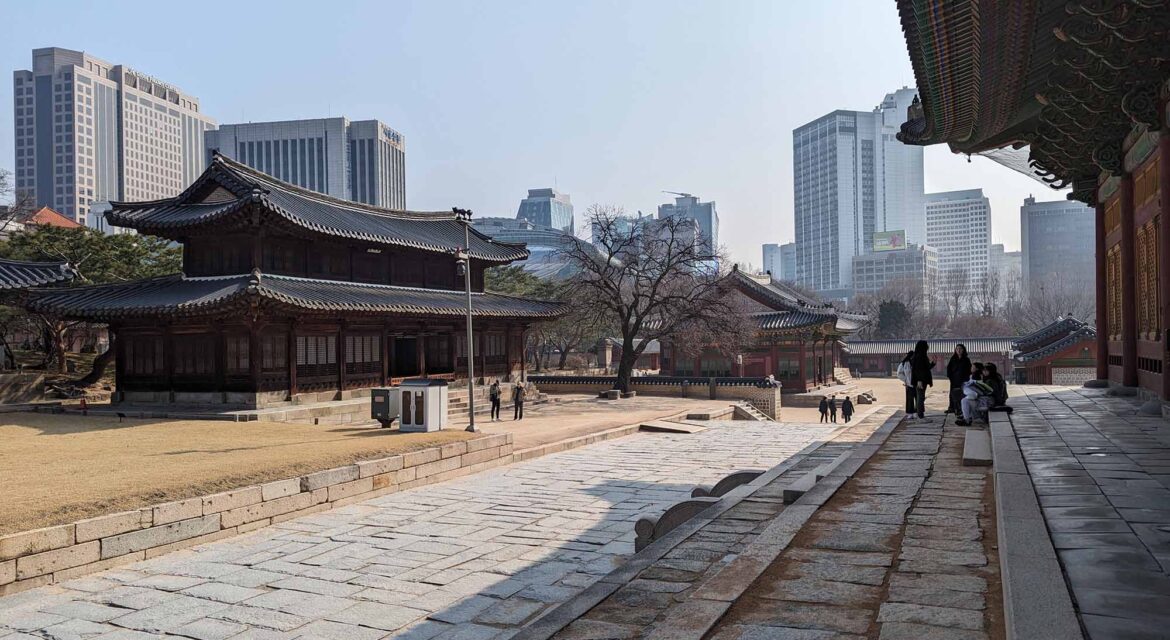 Deoksugung Palace is not only at the top of the list of Seoul’s most famous landmarks but is also one of the “Five Grand Palaces” that define South Korea’s royal heritage. Featuring numerous pieces of history as well as a serene experience with the culture that defines the country, the landmark highlights what it can mean to cultivate engagement across eras and audiences.
Deoksugung Palace is not only at the top of the list of Seoul’s most famous landmarks but is also one of the “Five Grand Palaces” that define South Korea’s royal heritage. Featuring numerous pieces of history as well as a serene experience with the culture that defines the country, the landmark highlights what it can mean to cultivate engagement across eras and audiences.

The Place of Virtuous Longevity
 Built as a residence of Grand Prince Wolsan in the 15th century, what would eventually become known as Deoksugung Palace became an offical palace in 1593 when King Seonjo moved in after the other royal residences in the city were destroyed during the Japanese invasion. Over the following decades, the palace alternated between being an official palace and a temporary residence. Called multiple names over the centuries, the site officially became known as Deoksugung Palace in 1907, which means “palace of virtuous longevity.”
Built as a residence of Grand Prince Wolsan in the 15th century, what would eventually become known as Deoksugung Palace became an offical palace in 1593 when King Seonjo moved in after the other royal residences in the city were destroyed during the Japanese invasion. Over the following decades, the palace alternated between being an official palace and a temporary residence. Called multiple names over the centuries, the site officially became known as Deoksugung Palace in 1907, which means “palace of virtuous longevity.”
Only about a third of the buildings that define the current landmark are original, with others having been reconstructed. The most notable feature of the attraction is arguably Daehanmun Gate, which is where the Palace Royal Guard Changing Ceremony takes place. Other notable features include Deokhongjeon, which is a royal palace that was used as the bedroom of King Gojong. Junghwamun Gate is the main gate of Junghwajeon Hall, which is the royal palace to welcome general honored guests. The structure has dragon guards and golden window frames.
Featured in countless maps and guides, there is an entry fee as well as a gift shop and cafe, creating direct sources of revenue. The changing of the guard has also taken on a life of its own in terms of the interest and engagement that the ceremony receives from both residents and visitors.
Deoksugung Palace is the only one of the former palaces open in the evening, enabling connections that allow residents and visitors to have truly unique experiences with the culture and history of the city and nation.

Cultivating a Culture
 Featuring small gardens and ponds amidst the architecture and culture that define the city and country, Deoksugung Palace has embraced the history it represents on multiple levels. In doing so, it has become a top attraction in Seoul that cultivates interest and engagement with visitors from across the world.
Featuring small gardens and ponds amidst the architecture and culture that define the city and country, Deoksugung Palace has embraced the history it represents on multiple levels. In doing so, it has become a top attraction in Seoul that cultivates interest and engagement with visitors from across the world.

